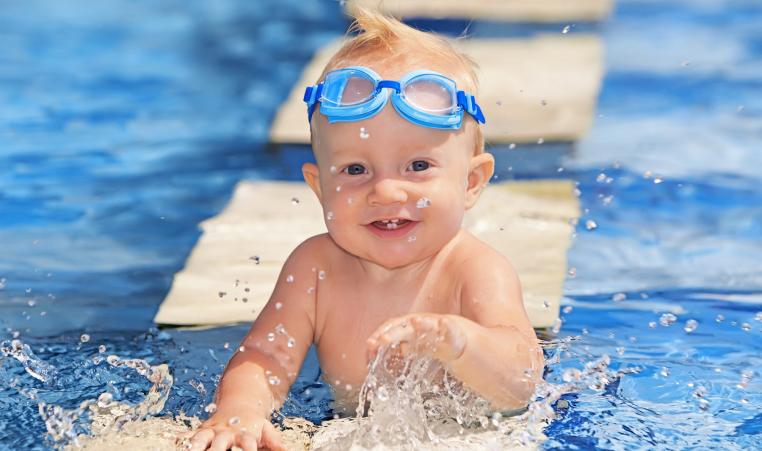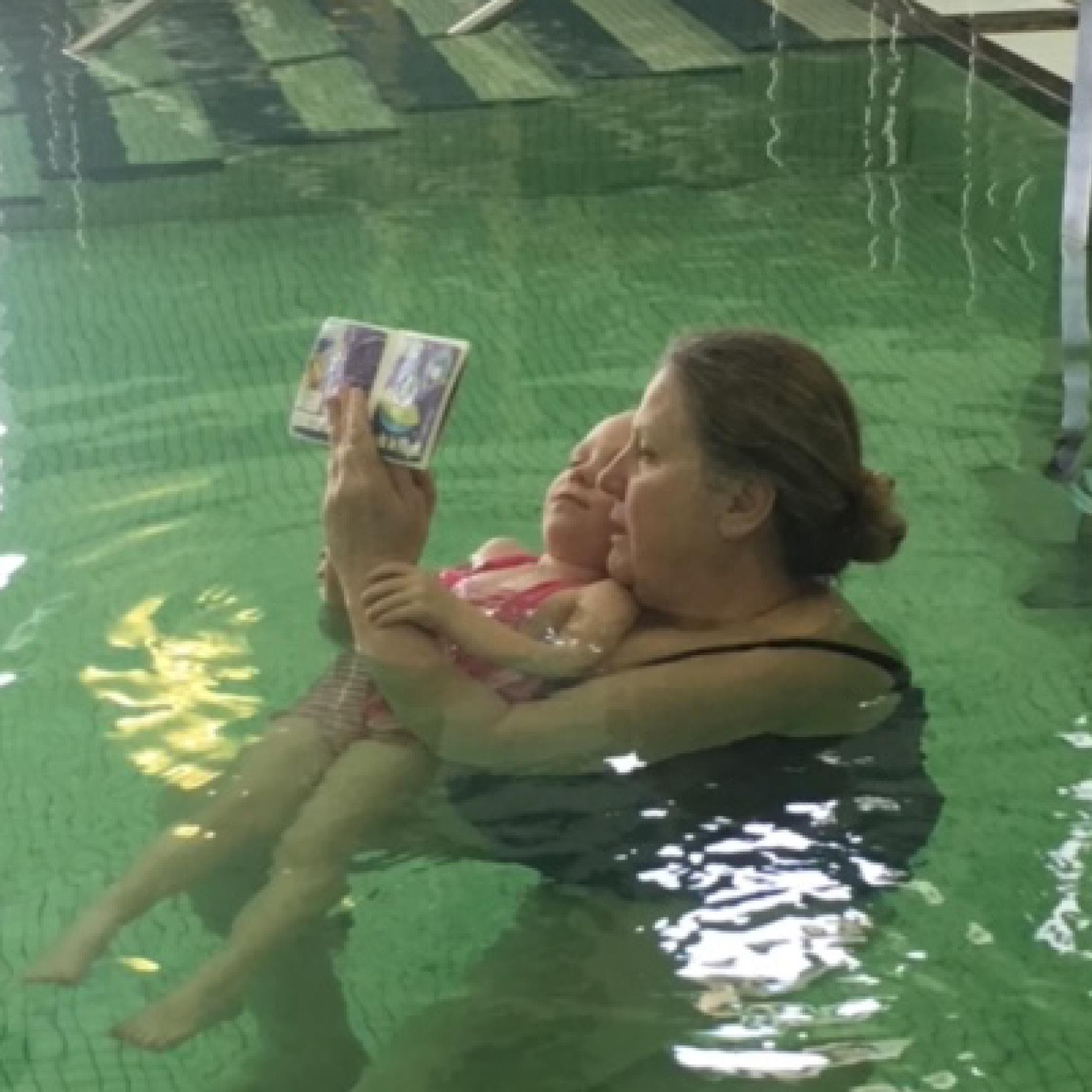
No one is safe alone around the water. No matter your age. No matter your ability. But babies and toddlers are at even greater risk of drowning because they do not have good decision-making skills. They are generally attracted to the water and very curious about it.
Another factor contributing to this danger is the increased number of private backyard pools. Most drownings occur in pools owned by family or friends. Nearly half of these drownings are fatal with survivors often experiencing permanent brain damage of some degree. On average you have between 4 and 6 minutes to rescue a drowning victim but drowning can occur in as little as 20 seconds.
It is important that parents understand how quickly things can go wrong. More than half of these young drowning victims were seen outside the pool five minutes or less before the incident occurred. And 70% of all children who drown are near one or both parents supervising that child.
It’s also important to talk to older children about what to do when around the pool with younger siblings. Children should never be asked to watch their siblings even for a moment if a parent must leave the area.
-
The first lesson all children should remember is to ask permission to enter the pool or hot tub area. NEVER enter these areas without permission.
-
If a child sees their sibling entering the pool or hot tub areas, climbing in or falling in; scream first. Make sure a parent or caregiver hears and responds.
-
If an older child decides he must make a water rescue because help is too far away, they should lay on their stomachs and extend an arm out to the child keeping all their weight on the ground. This should be used only as a last resort and not recommended for children under 10. They need to avoid getting in the pool if the water is shoulder high or deeper. It’s a good idea to practice this skill several times before the summer season begins.
This is also true for a non-swimming parent or caregiver. Although you can’t really expect to stop a parent from jumping into the water if their baby falls in regardless of their swimming abilities, it’s important that a parent use their head instead of panicking. If you can’t swim, extending something to your toddler or grabbing a flotation device for yourself before jumping in can save the both of you instead of having a double tragedy.
The YMCA also asks you to consider participating in a lesson program with your baby or toddler. The leading cause of drowning is the inability to swim or lack of knowledge of how to recover from a fall into the water. At least 70% of all drowning victims never received any swimming instruction. Nearly 87% of all drowning victims are under the age of 5. Most of these children die silently and quickly in sometimes very shallow water. And almost always within a few inches of the side. Infants under a year of age usually drown at home.
Another important thing to remember is to keep your babies and toddlers away from the pool during the off-season. There are many stories of babies and toddlers that have climbed underneath a tarpon to get to the pool and have drowned. The same for hot tubs. Emptying a hot tub is the best thing to do. Lock the space that a hot tub is in if possible. And secure the pool area. Place a gate around your pool or lock off that area if possible.
Play it safe this summer!
BJ Snyder: Armbrust YMCA, Aquatics Director
